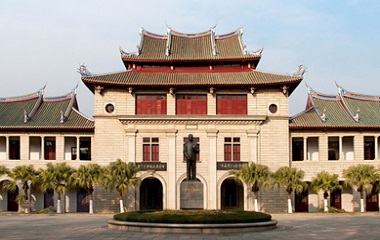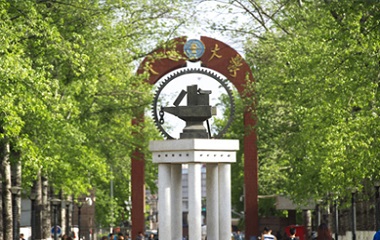China will establish efforts to promote the patent industrialization rate of universities and research institutions nationwide, said the country's top intellectual property regulator on Feb 27.
The National Intellectual Property Administration has initiated a work plan, proposing that by the end of 2024, universities and scientific research institutions across the country should conduct assessments on their underutilized patents and accelerate the process of industrializing a selection of their high-value patents by the end of 2025.
The number of valid invention patents in Chinese universities reached 794,000 by the end of 2023, with scientific research institutions holding an additional 229,000 patents. These figures collectively account for a quarter of the total patents in the country, said Wang Peizhang, a senior NIPA official, at a press conference.
He also highlighted the existence of dormant patents, saying this has been "a common phenomenon" in these institutions. In response to this, the IP administration collaborated with seven departments, including the Ministry of Education and the Ministry of Science and Technology, to issue the work plan to enhance the industrialization of invention patents.
In his speech, Wang emphasized market mechanisms, saying that the IP administration will coordinate with enterprises to analyze the industrial prospects of the patents of universities and scientific research institutions, while also leveraging market forces to mobilize enthusiasm from investment and service institutions to promote rapid transfers of high-value patents.
Other departments involved in the work plan also introduced their efforts, such as training patent agents and providing financial support to patent holders in universities and research institutions.
According to Wang, a similar work plan for patent industrialization of small and medium-sized enterprises will also be launched soon.
China has ranked first in the world for the number of international patent applications in recent years, and has prioritized enhancing patent industrialization as a move to support scientific innovation.










